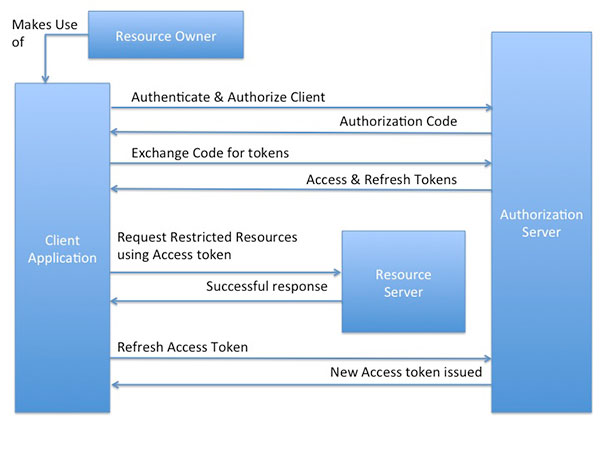installation
$ npm install mongoose
Connection
var mongoose = require('mongoose');
mongoose.connect('mongodb://localhost/tasks');
var db = mongoose.connection;
db.on('error', console.error.bind(console, 'connection error:'));
db.once('open', function callback () {
// conding here;
//Once connection opens,callback will be called here.
});
Disconnect
mongoose.disconnect();
REGISTERING A SCHEMA
With Mongoose, everything is derived from a Schema.
var Schema = mongoose.Schema;
var Tasks = new Schema({
project: String,
description: String
});
Next step is compiling our schema into a Model.
mongoose.model('Task', Tasks);
ADDING A TASK
var Task = mongoose.model('Task');
var task = new Task();
task.project = 'Bikeshed';
task.description = 'Paint the bikeshed red.';
task.save(function(err) {
if (err) throw err;
console.log('Task saved.');
});
SEARCHING FOR A DOCUMENT
var Task = mongoose.model('Task');
Task.find({'project': 'Bikeshed'}).each(function(err, task) {
if (task != null) {
console.log('ID:' + task._id);
console.log(task.description);
}
});
UPDATING A DOCUMENT
var Task = mongoose.model('Task');
Task.update(
{_id: '4e65b793d0cf5ca508000001'}, \\Update using internal ID
{description: 'Paint the bikeshed green.'},
{multi: false}, \\Only update one document
function(err, rows_updated) {
if (err) throw err;
console.log('Updated.');
}
);
REMOVING A DOCUMENT
var Task = mongoose.model('Task');
Task.findById('4e65b3dce1592f7d08000001', function(err, task) {
task.remove();
});
Extra
add methods to our documents:
methods must be added to the schema before compiling it with mongoose.model()
Tasks.methods.list = function () {
var greeting = this.name
? "Meow name is " + this.name
: "I don't have a name"
console.log(greeting);
}
var Kitten = mongoose.model('Kitten', kittySchema)
Functions added to the methods property of a schema get compiled into the Model prototype and exposed on each document instance:
var fluffy = new Kitten({ name: 'fluffy' });
fluffy.speak() // "Meow name is fluffy"
Each document can be saved to the database by calling its save method. The first argument to the callback will be an error if any occured.
fluffy.save(function (err, fluffy) {
if (err) // TODO handle the error
fluffy.speak();
});
We can access all of the documents through model.
Kitten.find(function (err, kittens) {
if (err) // TODO handle err
console.log(kittens)
})
filter by name, Mongoose supports MongoDBs rich querying syntax.
Kitten.find({ name: /^Fluff/ }, callback)
This performs a search for all documents with a name property that begins with “Fluff” and returns the results to the callback.
